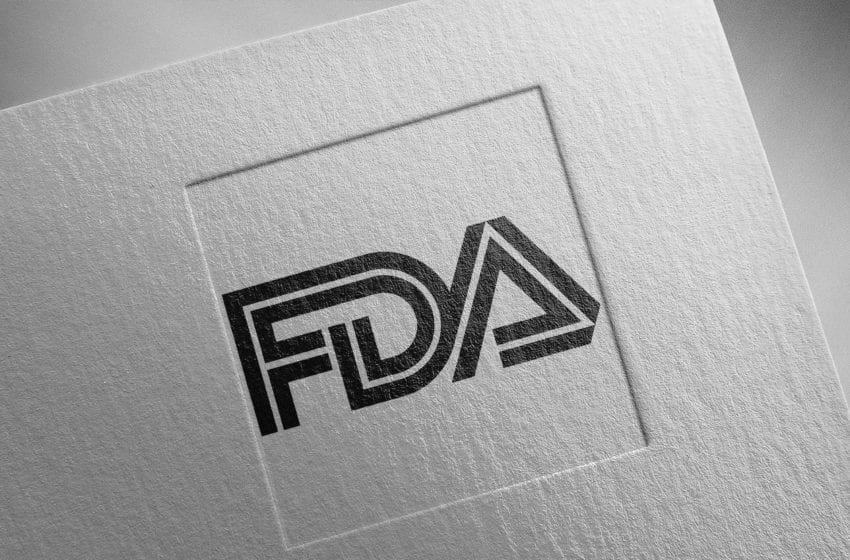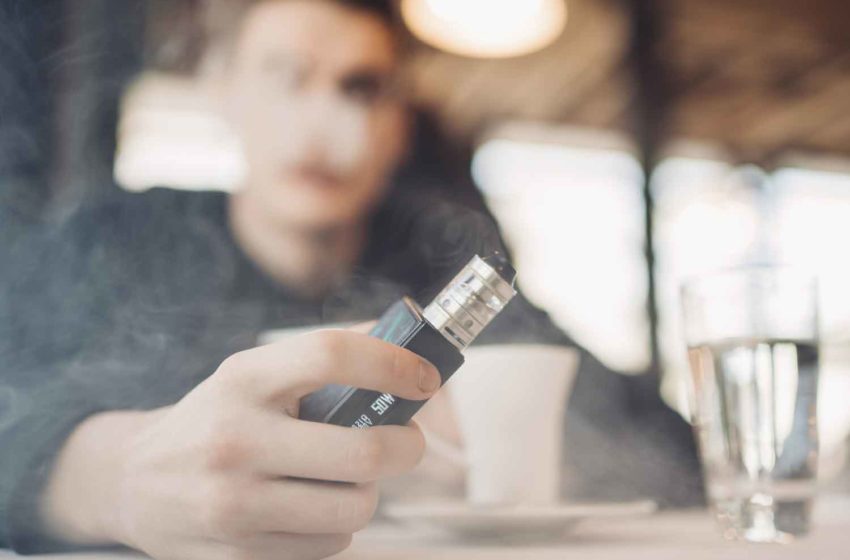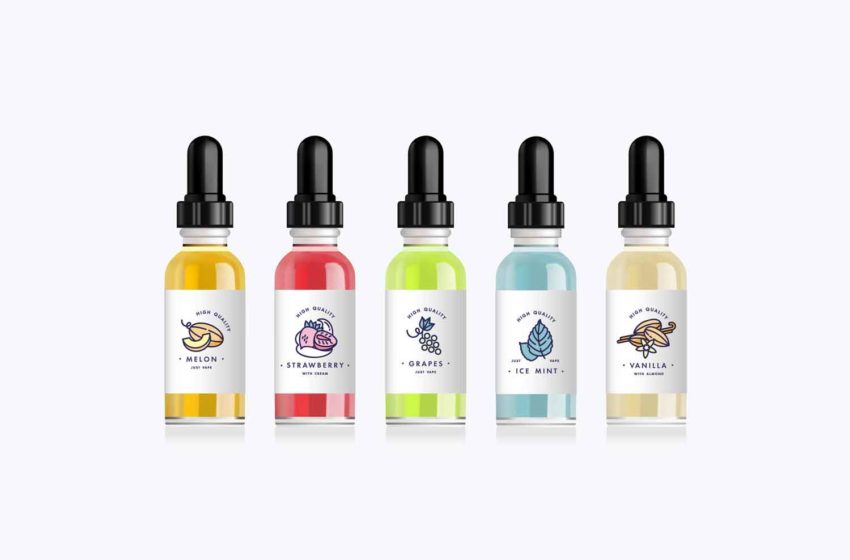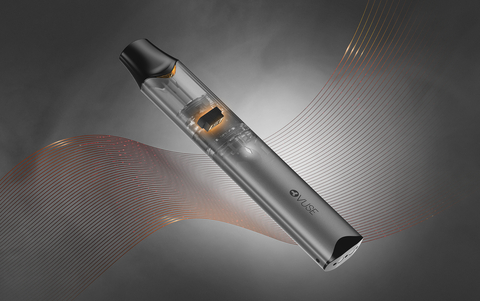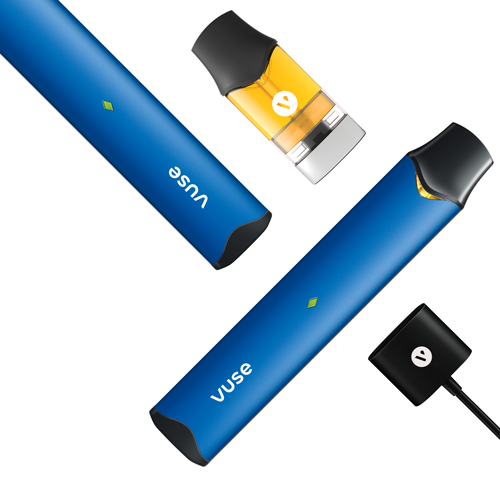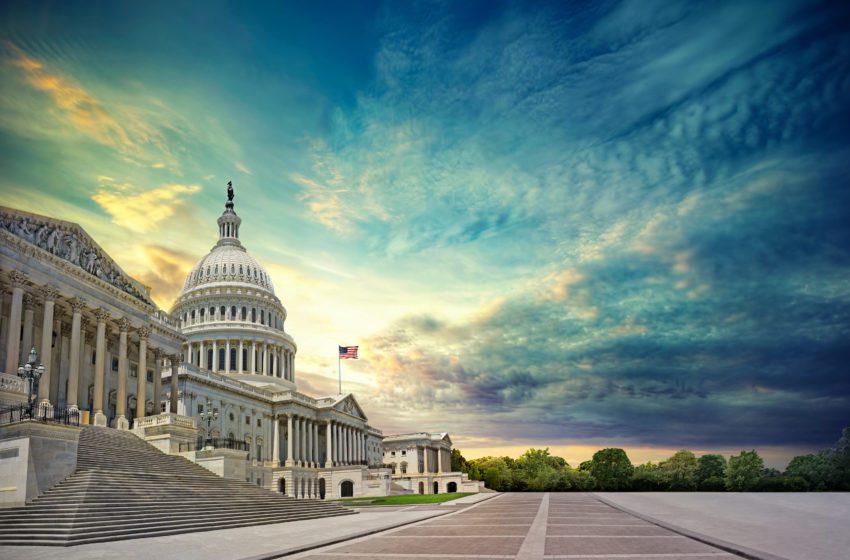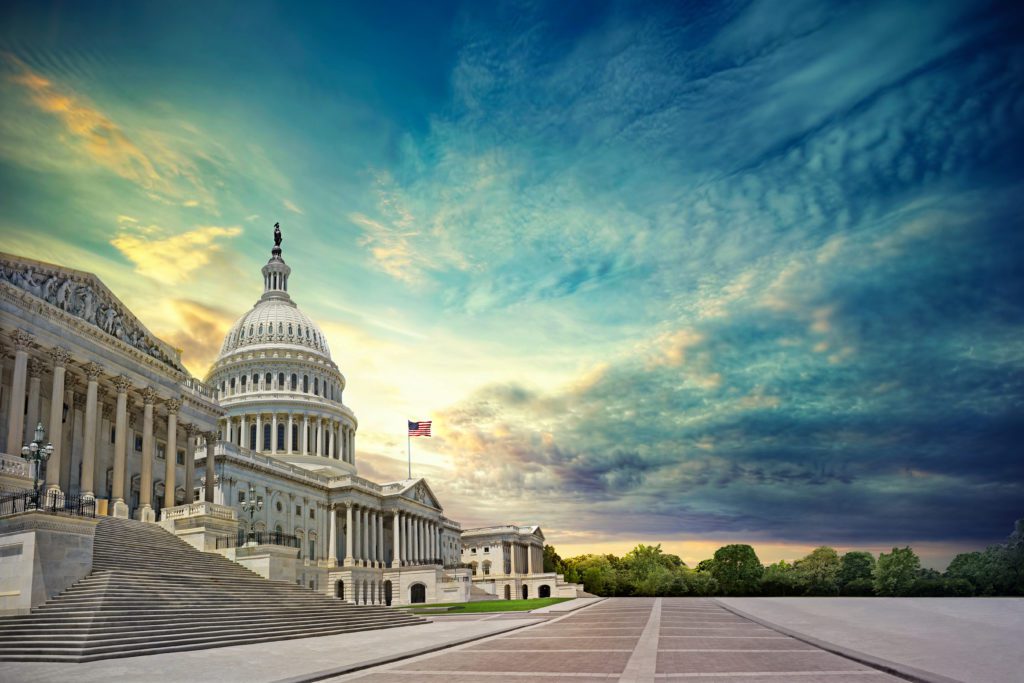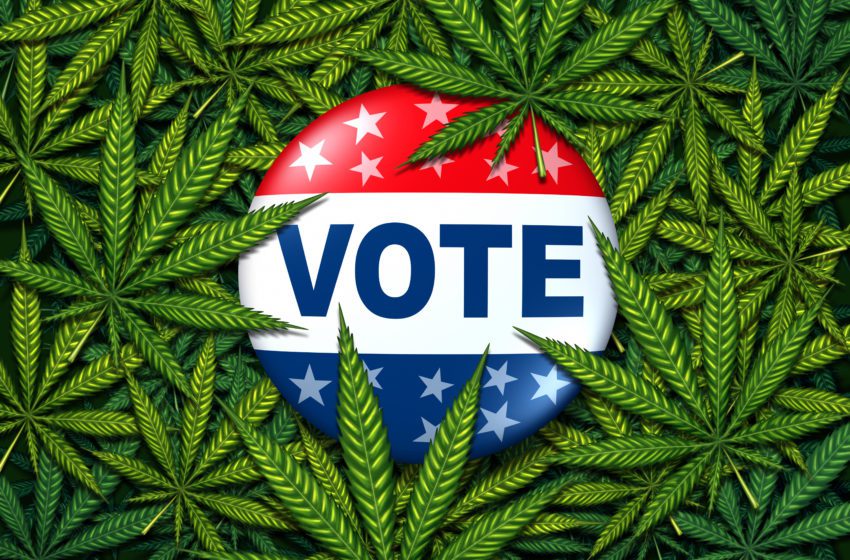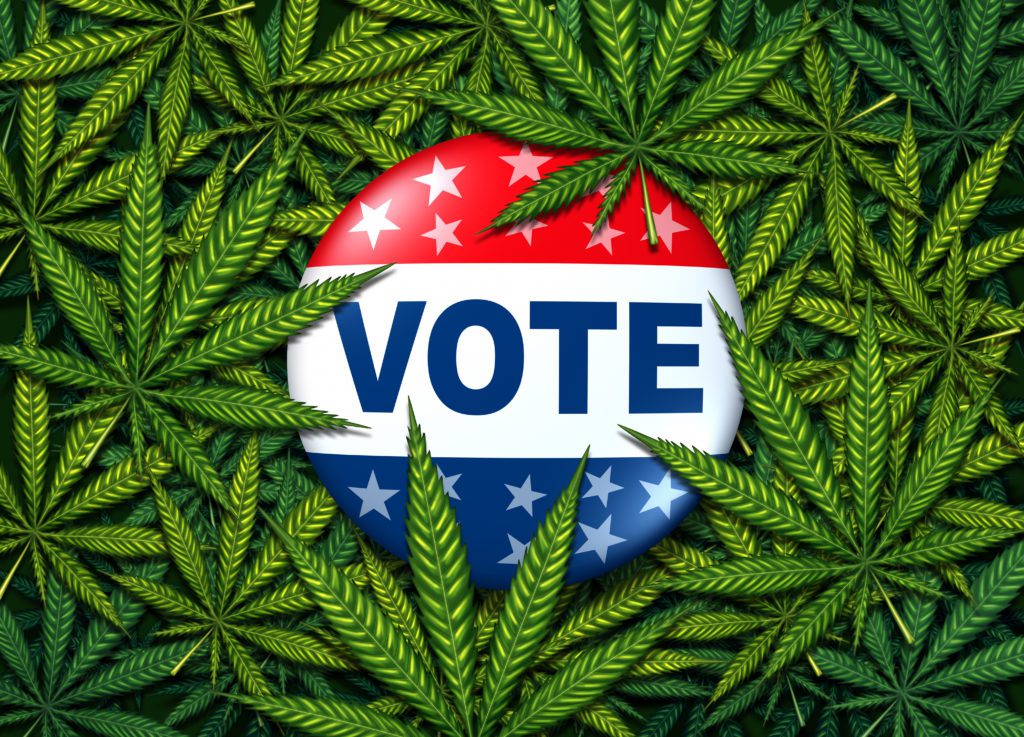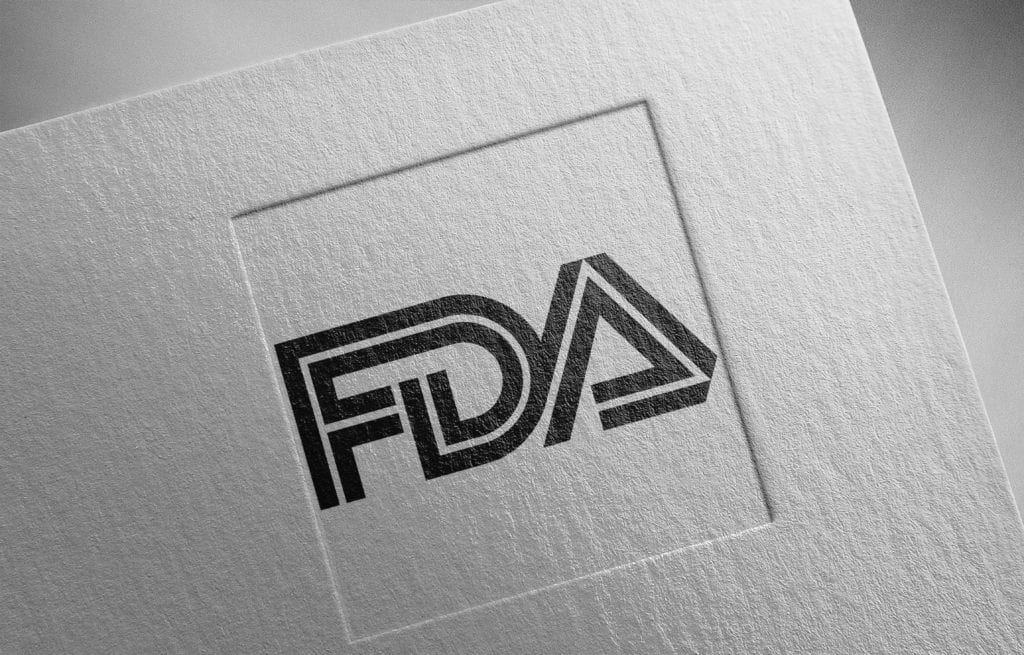
Americans for Tax Reform (ATR) has submitted a comment to the Reagan-Udall Foundation as the Foundation continues its external review of the U.S. Food and Drug Administration‘s Center for Tobacco Products (CTP)’s policies and procedures.
The ATR states that the FDA has “significantly and substantially failed” to fulfill the regulatory agency’s congressional mandate to act on behalf of the protection of public health.
Tim Andrews, ATR’s director of Consumer Issues, wrote that his organization is hopeful that the Reagan-Udall Foundation’s review could help the agency better the PMTA review process.
“[The PMTA] process has created impossible administrative burdens on applicants. When processes and requirements were changed, FDA failed to notify applicants and is alleged to have applied a new and different standard to certain applicants,” said Andrews. “FDA’s failures are structural. Our submission is cognizant of that and emphasizes that these issues can’t be solved with increased funding, especially not through user fees on small vape manufacturers.”
In its comment, the ATR also offered seven FDA reforms that the ATR hopes the Reagan-Udall Foundation would consider:
- FDA should introduce cross-disciplinary expert analysis factoring input from fields like psychology and behavioral economics, to increase public awareness and engagement in the decision-making process.
- FDA must provide an easy, streamlined, PMTA pathway, as initially promised.
- FDA’s PMTA process should focus on product safety and individual risk, not behavioral and population assessments that are better gathered by a singular post-market surveillance team.
- FDA should be in regular, proactive contact with all PMTA applicants, as opposed to merely issuing MDO’s after year long periods of silence.
- FDA should consider implementing product standards, to assist in the streamlining process, and look also to countries such as the United Kingdom as a model for a regulatory system that works.
- FDA must urgently act to combat significant public misinformation that it admits exists in the community and is a barrier to smoking cessation.
- FDA must reform its approach to youth risk behavior. FDA should accept that youth can benefit from harm reduction and properly evaluate the consequences of reduced vape access for both adults and youth.
The ATR also complained about stringent rules vape manufacturers and retailers are forced to follow, such as being forbidden by law from sharing scientific studies about their products with consumers. The responsibility for correcting the public’s perception of reduced-risk products “lies at the feet” of the CTP.
“There is a desperate need for widespread public messaging that vaping is safer than smoking and can save lives,” Andrews stated. “[The] FDA should be the agency that educates the public about the safer nicotine products that exist to help adults who smoke quit the deadly habit of cigarettes.”
The ATR comment also mentions significant and fundamental structural problems at the agency. After numerous purported FDA staffers have revealed that FDA’s tobacco program “has a toxic internal culture, rife with racism, sexism, and unconscious bias. FDA employees have shared concerns that [the] FDA allows political pressure to influence scientific decisions and that scientific staff feel intimidated in the workplace.”

